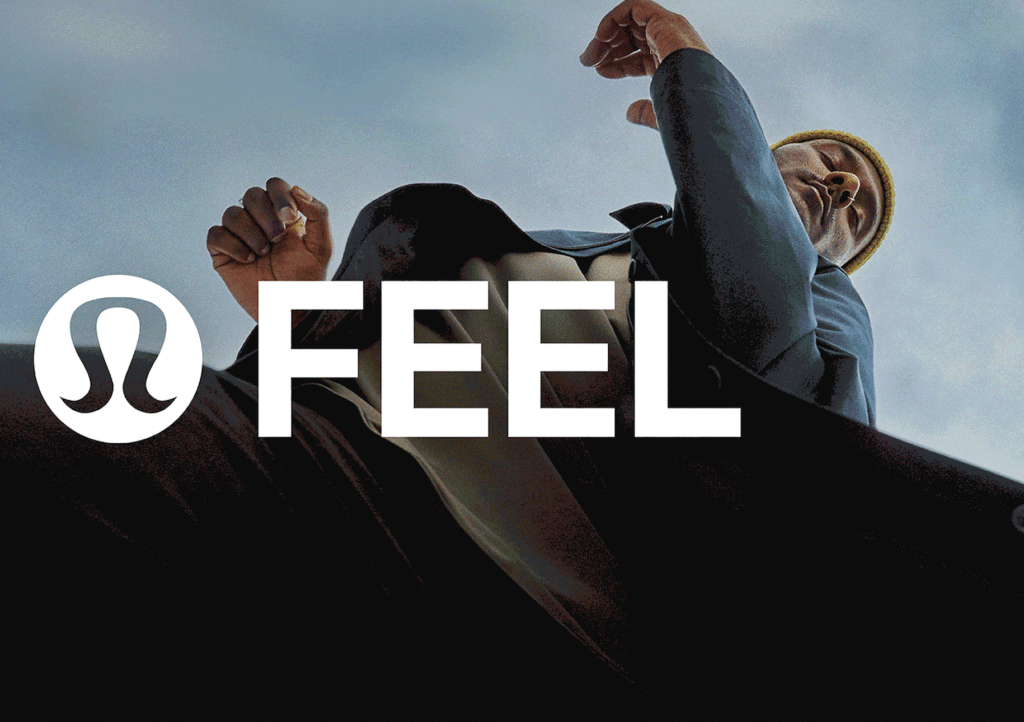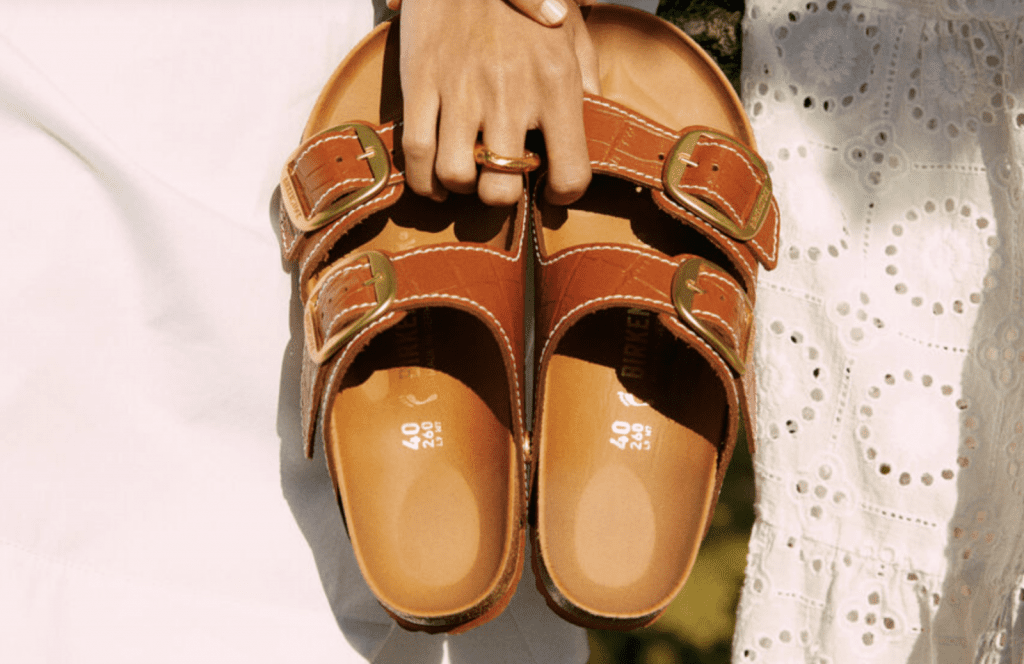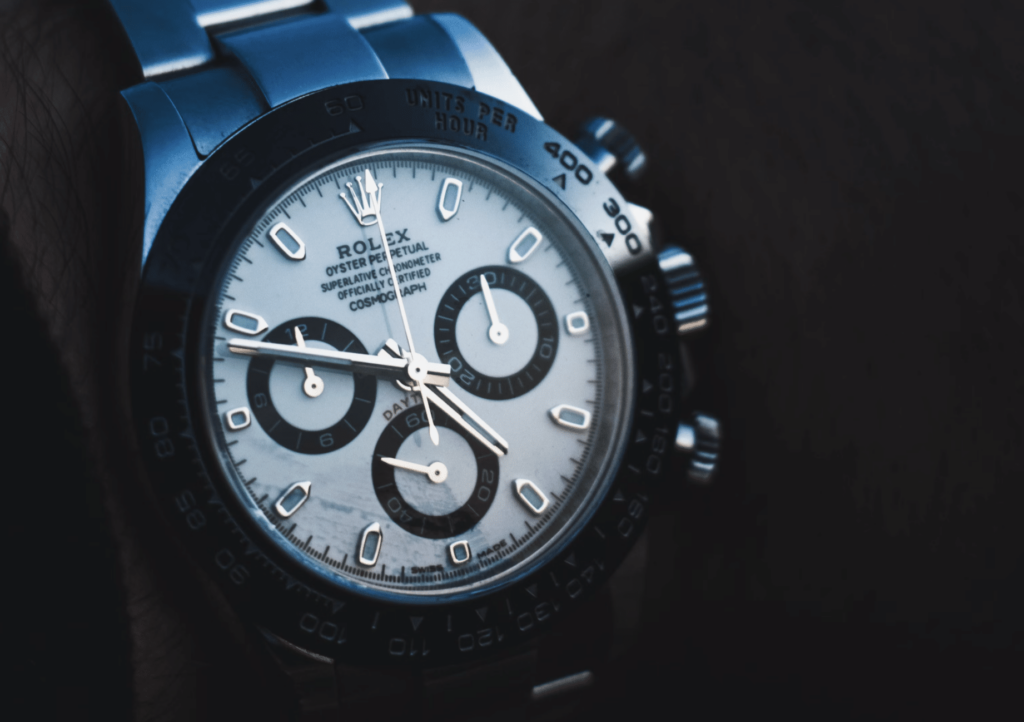A group of artists that named Stability AI, Midjourney, DeviantArt and Runway AI in a copyright-centric lawsuit last year in connection to the companies’ generative AI-based image platforms saw a partial victory this past week. In an order on August 12, a California federal judge gave the go-ahead to Plaintiffs Sarah Andersen, Kelly McKernen, and Karla Ortiz’s core copyright infringement claim, stating they have “plausible allegations” about how their works were unlawfully used by the defendants. This round was not a total win for the plaintiffs, though, as the court dismissed other claims they had waged against the defendants.
Andersen, McKernen, and Ortiz first filed suit against Stability AI and co. in January 2023 in the U.S. District Court for the Northern District of California, alleging that Stability AI used billions of images “scraped” from the internet, including theirs, without permission to train the models that power its text-to-image generator, Stable Diffusion. In the wake of the plaitniffs’ initial filing, Judge William Orrick dismissed many of the plaintiffs’ claims, noting that he was “not convinced” that allegations based on the AI systems’ output could survive without a showing that the AI-generated images were substantially similar to the artists’ works.
The plaintiffs refiled their claims in November, prompting Judge Orrick to issue a tentative ruling this spring, in which he stated that the “plausible inferences at this juncture are that Stable Diffusion by operation by end users creates copyright infringement and was created to facilitate that infringement by design.”
The Defendants’ Pushback
Fast forward to the court’s August 12 order and Judge Orrick took a look at the defendants’ various motions to dismiss, which consisted of arguments centering around how the plaintiffs’ copyright and trademark infringement claims lacked specificity; preemption by copyright law; no direct infringement based on the outputs of the AI tools; and lack of intent in the plaintiffs’ Digital Millennium Copyright Act (“DMCA”) claims.
Copyright Infringement: One of the primary defenses raised by Stability AI and co. was that the plaintiffs’ claims were overly broad and failed to specify which copyrighted works were allegedly infringed. They argued that because the plaintiffs did not identify specific works used to train the AI models, the claims were too vague to proceed.
Stability AI, Midjourney, and Runway AI also argued that their AI models do not directly infringe on the plaintiffs’ copyrights because the AI-generated outputs are not substantially similar to the original works. They asserted that the AI-generated images are unique creations, and thus, there can be no direct infringement.
Fair Use Defense: Stability AI also hinted at fair use as a potential defense here. The defendants suggested that their use of copyright-protected images to train generative AI models might fall under the fair use doctrine, which allows for certain uses of copyright-protected materials without permission, namely, when the allegedly infringing use is transformative.
Preemption by Copyright Law: Another key argument from the defendants was that the plaintiffs’ claims of unjust enrichment and other state law claims were preempted by the federal Copyright Act, as they are based on the same facts as the copyright infringement causes of action.
False Endorsement: The AI companies also argued that the use of the plaintiffs’ names as part of a list of artists whose styles could be emulated did not constitute false endorsement, as there was “no explicit claim or representation” that the plaintiffs endorsed or sponsored the product. They maintained that simply mentioning the artists’ names as prompts did not create confusion as to whether they endorsed the defendants’ platforms or not.
Trade Dress Infringement: Additionally, the defendants took issue with the artists’ trade dress infringement claim, which they added in place of the right of publicity claims asserted against Midjourney that were dismissed in the court’s October 2023 order. In particular, the plaintiffs allege that Midjourney used their names in connection with a model that has been trained on their work and that allows users to create works capturing the trade dress of each of the plaintiffs.
The defendants argued that the plaintiffs had not shown their artistic styles amount to protectable trade dress and that the plaintiffs failed to demonstrate consumer confusion about the origin of the AI-generated images or an association with the plaintiffs.
DMCA Claims: Finally, the defendants challenged the plaintiffs’ DMCA claims, arguing that the artist plaintiffs had not sufficiently demonstrated that the companies had knowingly removed or altered copyright management information (“CMI”) during the AI training process.
The Court’s Ruling
In his 33-page ruling, Judge Orrick issued a mixed decision, rejecting some of the defendants’ arguments in their motions to dismiss while giving the greenlight to others. In upholding the core of the plaintiffs’ copyright infringement claims and allowing them to proceed, the court found that the plaintiffs had sufficiently alleged that their works were included in the dataset that was used to train Stability AI’s Stable Diffusion and similar AI models.
With regard to the copyright claims at play, Judge Orrick rejected the defendants’ argument that the plaintiffs’ allegations were too vague, pointing out that the plaintiffs have, in fact, identified their copyrighted works and described how these works were used in the training process, stating that plaintiffs “have plausible allegations showing why they believe their works” were included in the dataset. The court acknowledged the complexity of generative AI technology and the difficulty plaintiffs face in pinpointing specific copyright-protected works among billions of images, ultimately ruling that the allegations were sufficient to move forward.
Furthermore, Judge Orrick refused to decide on the defendants’ suggestion that the use of copyrighted works for training AI models might be protected by fair use, noting that the fact-specific nature of the fair use defense makes it inappropriate for consideration at this early stage of the case.
On the other hand, the court dismissed the plaintiffs’ DMCA claims with prejudice. These claims were based on the assertion that the defendants had removed or altered CMI from the plaintiffs’ works during the AI training process, thereby, violating the DMCA. Judge Orrick found that the plaintiffs had failed to provide specific allegations about what CMI was removed and how the defendants intentionally removed or altered it. The judge also noted that the plaintiffs had not sufficiently alleged that the defendants had the intent to induce or enable copyright infringement by removing the CMI.
The court also tossed out the plaintiffs’ claims of unjust enrichment, agreeing with the defendants that these claims are preempted by the federal Copyright Act. Judge Orrick explained that since the unjust enrichment claims were based on the same facts as the copyright infringement claims – namely, the unauthorized use of the plaintiffs’ works – they could not proceed separately. However, the court left open the possibility for the plaintiffs to amend their complaint and attempt to refigure their unjust enrichment claims in a way that would avoid preemption.
The artists also argued that the AI companies were liable for inducing copyright infringement by distributing their AI models and encouraging third parties to create infringing works using the models. While the court dismissed part of this claim, it allowed some aspects of it to proceed, ruling that the plaintiffs had not adequately shown that Stability AI or the other defendants had actively encouraged or induced users to infringe copyright. Even still, Judge Orrick found that the claim could not be entirely dismissed at this stage, noting that further evidence is needed.
> TLDR: While the plaintiffs secured a win here by preserving their core copyright infringement claim, especially in light of similar arguments that AI companies have lodged in the past, they could still face big challenges in proving their case as the lawsuit proceeds.
THE BIGGER PICTURE: Considering the significant amount of resources that AI companies have, some experts see cases like the instant one and others as an attempt to drive publishers and creators to the table to force a deal. For example, Michael Hobbs, a partner at Troutman Pepper, who specializes in copyright law, told TFL that he sees the AI companies’ defense tactics as part of an overall strategy to overwhelm plaintiffs and strong-arm them into licensing agreements, similar to the ones that the Associated Press and other publishers have signed off on.
“They want the current uncertainty of the law of generative AI to end in a series of well-negotiated licenses and settlement with copyright content owners,” Hobbs told TFL. “Given their $80 billion dollar valuation, OpenAI can afford them.”
At the same time, the case is part of a larger pool of litigation that centers on the rise and increasing adoption of generative AI. The outcomes in these cases, many of which are still in relatively early stages, stand to have a significant impact on the workings of companies like Stability AI, OpenAI, etc., which have been widely accused of building very valuable generative AI platforms by making unauthorized and allegedly infringing use of sizable amounts of copyright-protected materials – from imagery to books and newspaper articles. As such, how exactly companies in the generative AI space can function (and how they can continue to build and train the models necessary to power their AI platforms) stands in the balance.
The case is Sarah Andersen, et al., v. Stability AI LTD., et al., 3:23-cv-00201 (N.D. Cal.).











